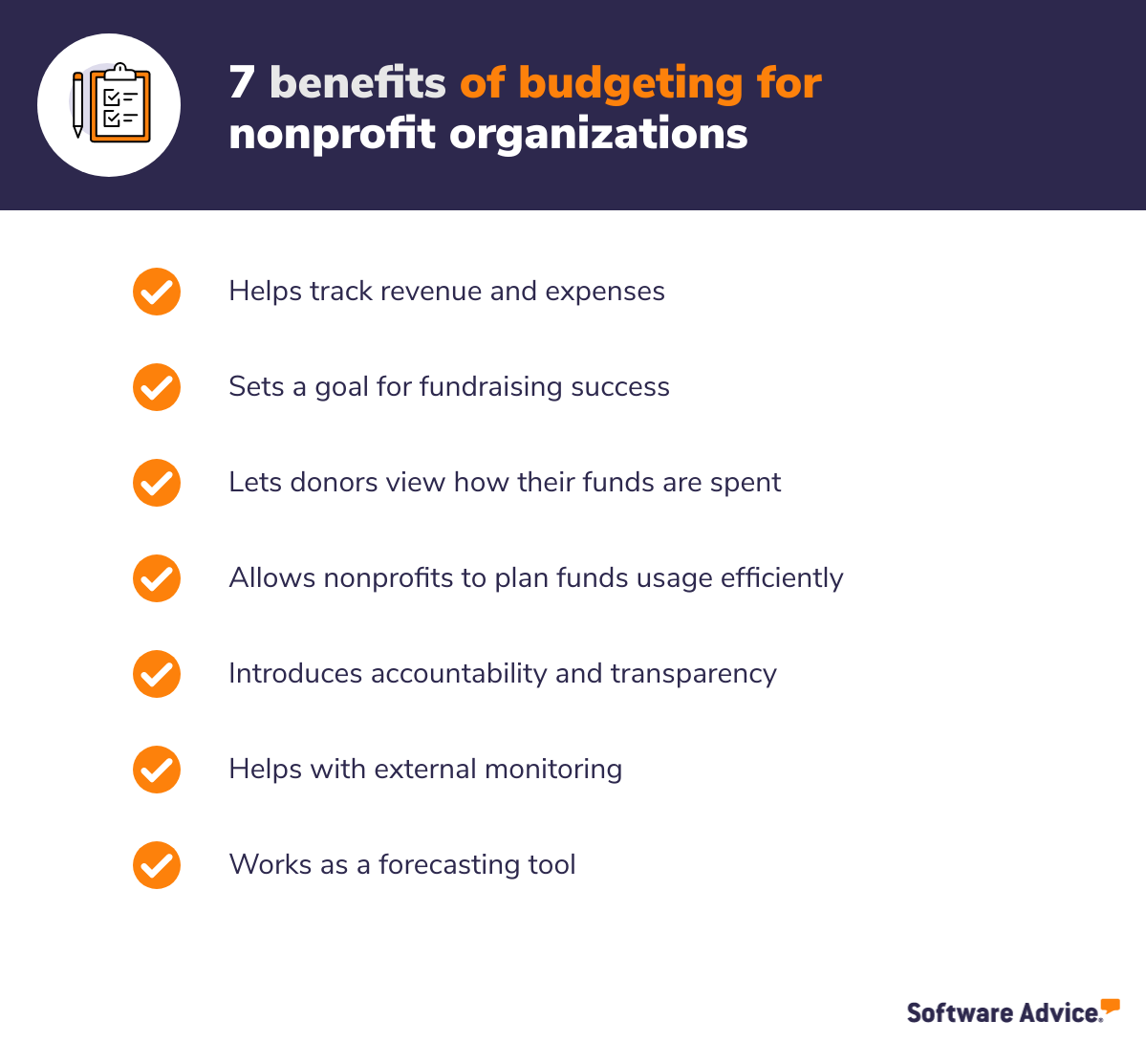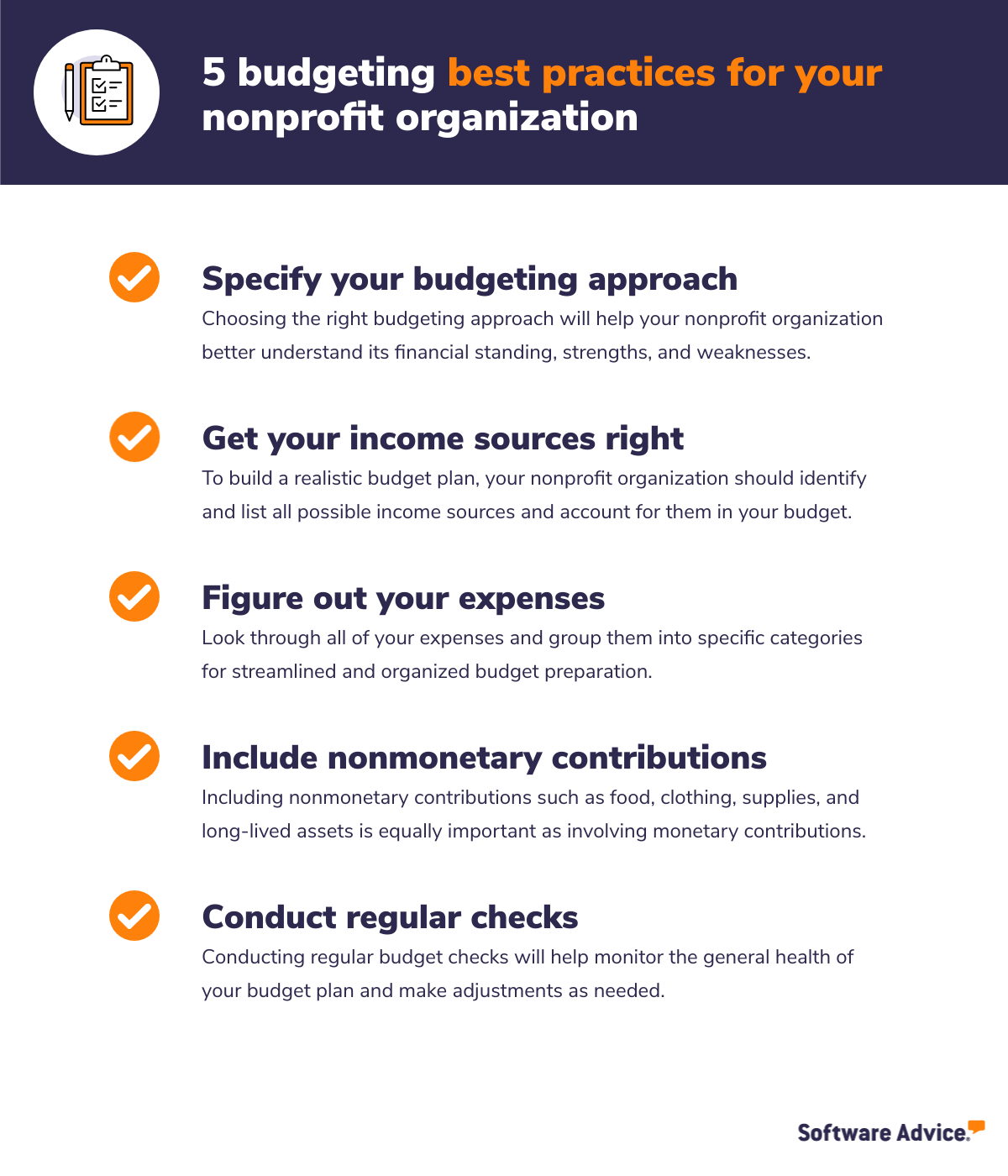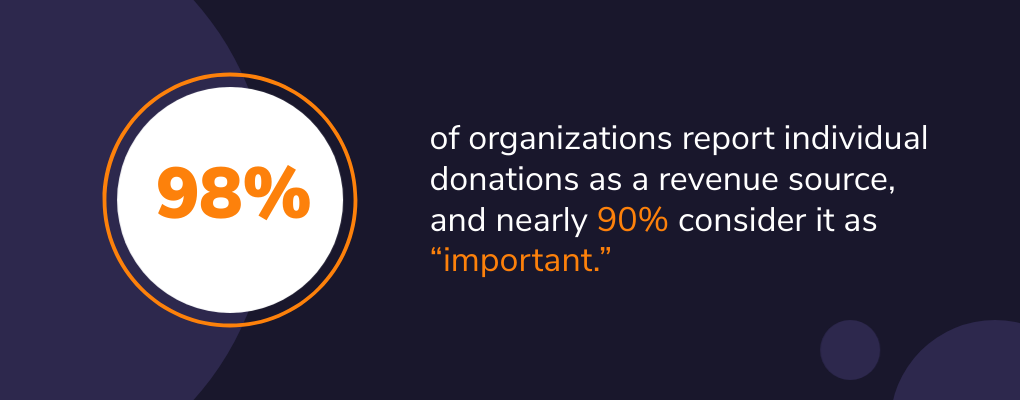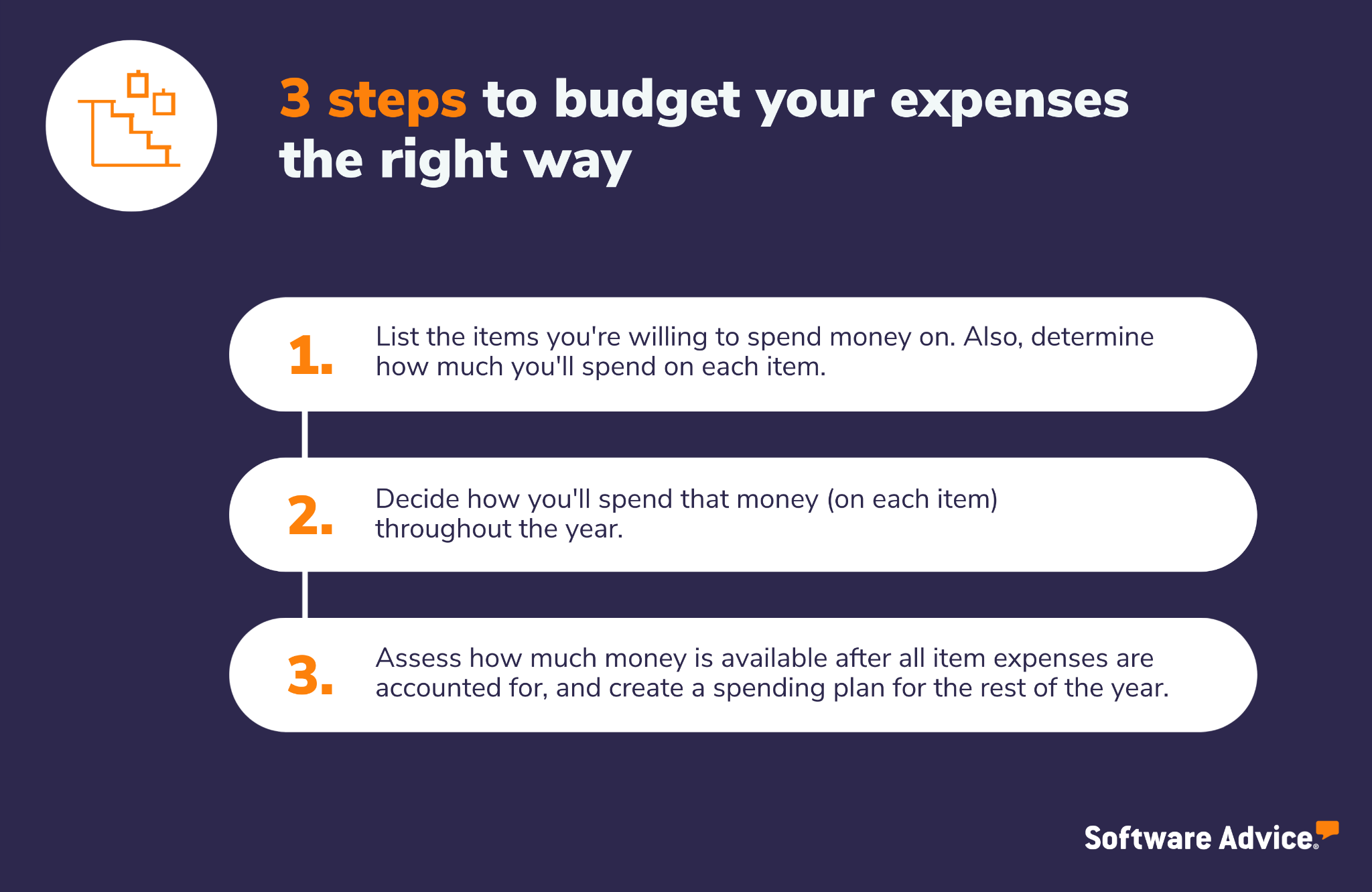5 Budgeting Best Practices for Nonprofit Organizations
The coronavirus pandemic has forced many businesses to operate on an even tighter budget than usual. Pandemic-induced budget pressure has led to significant cost-cutting among businesses to ensure better short-term efficiency and liquidity, per Gartner research.
Nonprofits—which usually struggle with the paradox of gaining financial control while attempting to further social causes—are not exempt from this challenge. Due to the economic crisis caused by the pandemic, many nonprofits have suffered a steep decline in donor funding, resulting in severe financial issues.
As a nonprofit organization, you must focus on strategic budgeting and financial planning. A well-formulated nonprofit budget will help you plan ahead and make informed decisions to fulfill your vision.
In this article, we’ve put together some tried-and-tested nonprofit budgeting best practices. But first, let’s understand the fundamentals of budgeting and why nonprofits should have a proper budget in place.
What is budgeting for nonprofits?
Budgeting is a fundamental component of any business—be it a for-profit or not-for-profit business.
A budget outlines how a nonprofit organization plans to spend its money over a period. It predicts expenses and income, and includes financial goals, strategies, and objectives for the duration.
Components of an effective nonprofit budget:
Defined activities: Unique to your nonprofit’s mission and strategy.
Organizational capabilities: Supports the defined strategic initiatives of your nonprofit.
Revenue forecast: Shows how much your nonprofit is likely to earn from fundraising and other activities over a period.
Expense forecast: Predicts how much your nonprofit is likely to spend on core activities that support its work.
Why do nonprofits need budgeting?
You must be wondering why budgeting is essential for an organization that doesn’t even make a profit.
Here’s the answer to your why:
As a nonprofit organization, you rely on fundraising, but you must already be aware that that alone is not enough. Even though your nonprofit is exempted from paying income taxes, you still need to track expenses and earnings. It’s no secret that many nonprofit organizations, like yours, lose money simply because they don’t know how much their income is.
Budgeting is a valuable financial management technique that helps your nonprofit organization discover new—and the right—ways to spend your funds. It allows you to assess your current financial health as well as plan for the future. Here’s a list of the key benefits of nonprofit budgeting:

5 nonprofit budgeting best practices
Constantly juggling the needs of your donors, staff, programs, and communities can make it tough to get budgeting right. These five best practices can serve as a great starting point for your nonprofit financial decision-making.

1. Specify your budgeting approach
A budgeting approach is a holistic way of looking at the relationships between all major activities and resources in your nonprofit organization. It provides a yardstick by which you can set realistic and achievable goals, measure outcomes, and assess your organization’s progress toward meeting its goals.
By selecting the right budgeting approach, your nonprofit can plan how to spend the money acquired via funding to accomplish its goals. The most common nonprofit budgeting approaches are:
Program-based approach: Divides the overall nonprofit budget into parts or programs, with each focusing on a particular activity or event.
Fund-based approach: Treats each funding source as a separate entity and reports transactions based on activities that generate funds instead of the actual cash inflow and outflow.
Income-based approach: Determines how much income is assured over a period and then adds in expenditure that can be covered by that amount.
Incremental approach: Considers your previous fiscal year’s budget to prepare the budget for the current year.
Zero-based approach: Creates a budget for the current year from scratch without considering income or expenses from the previous year.
Each approach has its own unique attributes to help your nonprofit business better understand its financial standing, strengths, and weaknesses.
Pro tip:
Whichever approach you choose, apply the golden rule—maintain the right balance between expenses and income; ensure your expenses don’t exceed your income.
2. Get your income sources right
Nonprofit organizations are not rich in financial resources. They don’t usually generate income independently, hence relying heavily on donations. They also need a diverse range of income sources to be continuously replenished.
To build a realistic budget, list all the sources from where your nonprofit gets funds. Not all income sources are visible, but a few revenue sources that your nonprofit should account for in its budgets include foundation grants, government grants, individual donations, and corporate gifts.

Source: Nonprofit Trends and Impacts 2021 Report
Pro tip:
To get this step right, look at the successes you’ve had with past fundraising campaigns and grant proposals. This can give you a fair idea of what your future fundraising will look like.
3. Figure out your expenses
Figuring out expenses is a key component in the nonprofit budgeting process; however, it can be a challenge because expenses typically don’t come in nice, neat categories.
Take the time to look through all of your expenses and group them into specific categories. This exercise will help you figure out where you are spending your money, and that will alert you to problem areas that need to be addressed.
Here are the steps to budget your expenses the right way:

Pro tip:
Measure financial resources and make appropriations for the future budget. Make the most of this step by using budgeting and forecasting software.
4. Ensure to include nonmonetary contributions
Nonprofit organizations often overlook nonmonetary contributions (e.g., food, clothing, supplies, long-lived assets) and exclude them while budgeting, which subsequently creates immense disparity.
If your nonprofit gets any special (in-kind) contributions, it’s important to record them to abide by established policies. In-kind donations are contributions of goods, services, expertise, and time. Here are some examples:
Goods: Office equipment, furniture, clothing
Services: Meeting space, administrative support
Expertise: Planning, marketing, website development
Time: Teaching underprivileged kids
Pro tip:
Nonmonetary donations demonstrate what it takes to continue a nonprofit’s mission. Hence, you shouldn’t overlook this aspect when budgeting.
5. Conduct regular checks throughout the year
Budget checks are an essential part of nonprofit accounting. They allow your organization to monitor the health of your budget and make adjustments as needed instead of waiting until year-end to discover errors or problems that could be fixed earlier if caught in time.
By conducting regular budget checks throughout the year, you can avoid cash flow pitfalls such as not having enough money to continue operations at the end of a quarter or fiscal year.
The most effective way of conducting these checks is using trial balances due to their simplicity and ability to see where money is being spent. Trial balances show which expenses are outstripping income by checking all assets against liabilities and expenses against income.
Pro tip:
Have transparent communication between the program, finance, and development departments, and the board members to ensure effective nonprofit financial management throughout the year.
Effective nonprofit budgeting takes planning
Planning a budget is a delicate balance of inspiring your nonprofit to grow and ensuring its performance reflects what donors expect from it. That said, results depend on the size and needs of your organization.
The best practices we’ve shared are developed over decades through information-sharing efforts, research studies, and other forums where nonprofit leaders meet to share their stories with others in similar situations.
Along with creating a budget process for your nonprofit organization to be prepared for emergencies, you must also know what donors want from nonprofits before they write their checks.